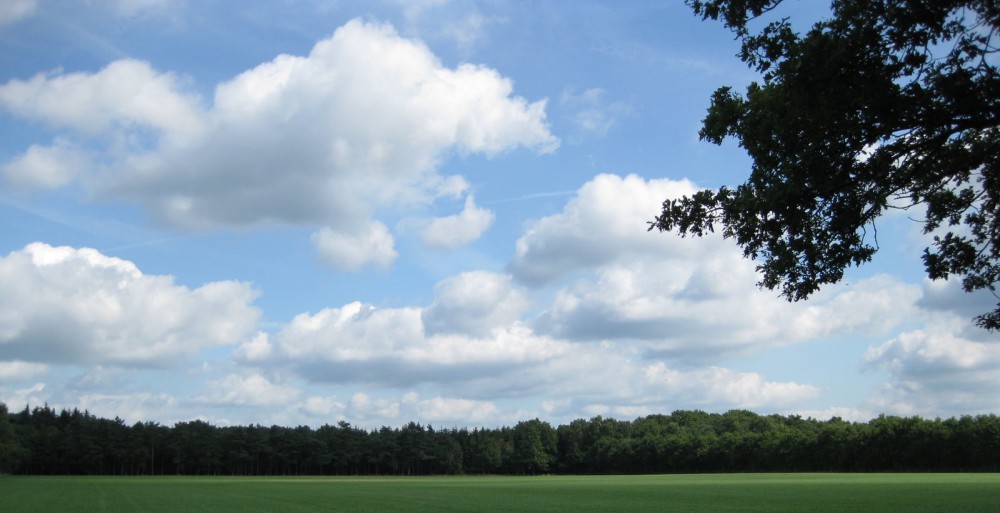Being-determined and Self-determination are One (from Religion and Nothingness, by Prof. Keiji Nishitani, translated with an introduction by Prof. Jan van Bragt, and with a foreword by Prof. Winston L. King, 1982, Berkeley 1983)
An attempt has been made in the preceding to explain that our existence, our behaviour, and our becoming all come about within a world-nexus that is unlimited not only with regard to time but also with regard to space. Already on the standpoint of karma as well, the Dasein of the dynamic nexus of being-doing-becoming comes about within time without beginning or end, while opening up the infinite openness of nihility directly beneath the present. But inasmuch as this dynamic nexus appears only as a perpetual relating to something, our Dasein, in being determined by that world-nexus, becomes one with it in ‘fate’.
Dasein is always and at each occasion becoming manifest as one particular roll of the waves that gathers up into itself the whole ebb and flow of the world-nexus since time without beginning or end. Our doing in that context is free with the freedom of attachment determined by causal necessity within the total nexus and, at the same time, is also free with the arbitrary freedom that contracts the total nexus into the one center of the self.
That is why our doing is karma standing on nihility. In that doing, nihility, even as it becomes manifest from the ground where self and the world are one, nullifies the being of the self, sets the self adrift in transitory becoming, and transforms the self and all other things into a samskrta [samskrita, interdependently conditioned = pratityasamutpada] existence.
It was noted earlier in this chapter that being-determined in the world-nexus and self-determination are one. But on the standpoint of karma this self-determination makes the infinite drive that originates from the self-centered elemental source of avidya its essence and becomes manifest in taking the form of will as attachment and control. And being-determined means being conditioned through causal necessity in that total, unlimited nexus.
Further, it was noted that the free exercise of will, consisting of attachment and control in its relations with any given thing, is in its very freedom a configuration determined by ‘fate’ – which is after all what karma is. In this karmic mode of being, then, nihility becomes manifest from the ground where self and world are one. And the reason for this, as we went on to explain, is that avidya, as an infinite self-enclosure elemental to karma, rises to awareness only in unison with the nihility on which it stands. In karma we can only have our being through being constantly engaged in doing something. That is, in order to be, we are obliged to be relating to something. This means that our being is a debt unto itself, and that our doing as a settlement of that debt is equivalent to the direct instatement of a new debt. This means, on the one hand, that our being is passing away and coming to be at every fleeting instant and that therein the nihility that is constantly nullifying our being is revealed. On the other hand, at the same point that the continuous cancellation of debt is a continuous reinstatement, there appears something that urges us on endlessly from within. In that infinite drive, our Dasein is never able to divest itself of its own home-ground, and our self within that dynamic nexus of being-doing-becoming is always itself – in incessant becoming.
Avidya comes to awareness as the home-ground of the self, where the self is caught in incessant becoming and unable to take its leave, that is, as the outermost extreme of self-centeredness. As a result, in avidya, the persistence of the self at being itself and emerging into the nature of self-centered being, always comes about as a simultaneous whole with the disclosure of nihility in avidya in its very process of nullifying the being of the self. The inability of the self to detach itself from the home-ground of its own transitory becoming – or, conversely, the self’s being ever itself, while its being is nonetheless in constant change – also has its base here. That is what karma means. Dasein in the dynamic nexus of being-doing-becoming is but the being of the self being constituted directly beneath the present as an emergence from nihility into the nature of avidya.
